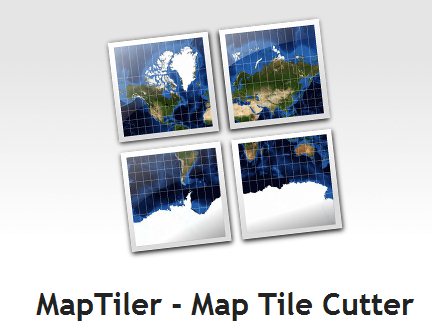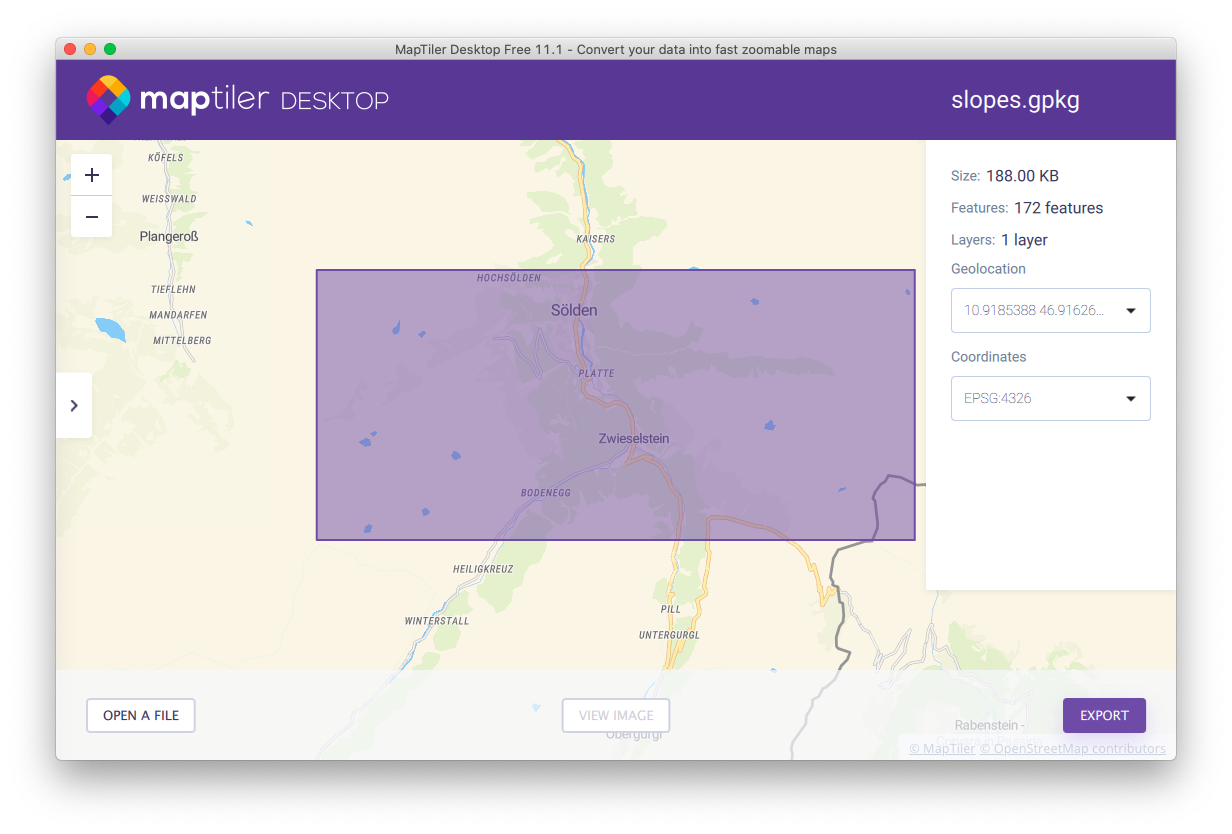
To optimize the indexing and storage of tiles, the two-dimensional tile XY coordinates are combined into one-dimensional strings called quadtree keys, or quadkeys for short. Microsoft Bing Maps introduced two specifications for naming tiles - QuadKey and ZYX. The equation to calculate Y: y = (2^z - 1) - y

This tiling scheme is defined as a standard for the MBTiles package. TMS has origin bottom-left, which means it has flipped Y-axis as opposed to XYZ. This specification is very similar to Google XYZ, describe above, with one important difference. Tile Map Service (TMS) is a specification for tiled web maps, developed by the Open Source Geospatial Foundation. Therefore, the alternative name for XYZ is ZXY, as it reads the folder structure for these tiles. The folder path is is the extension of tile format ( png, jpg, webp, …). Almost every open source and commercial Maps API provider as well as OpenStreetMap and MapTiler Cloud Maps APIs are now using this projection and tiling profile and the tiles are therefore compatible with each other. The entire world looks like a square, which makes it easy to work with on a computer. They chose a Spherical Mercator projection because it preserves shape and angles. Google Maps was one of the first systems to display dynamic maps on the web. OpenGIS WMTS / OpenStreetMap / Google XYZ / ZXY The difference can be visible in the image below, where Google is Top-Left, and TMS is Bottom-Left. Y goes from the bottom edge, starting with 0 to the top edge of the map Y goes from the top edge, starting with 0 to the bottom edge of the map X goes from the left edge, starting with 0 to the right edge of the map The important part of the tiling scheme definition is the location of origin = the first tile in the defined area and vertical/horizontal orientation for the following tiles (referred to as increasing numbers). The folder structure depends directly on the tiling scheme and will be defined below for each available scheme in MapTiler Engine. Each zoom level is a folder, each column is a subfolder, and each tile in that column is a file. The map tiles are structured into folders, and the final tile image is a file within one of these folders. The most popular and world-used scheme used by many map providers (such as OpenStreetMap, Google Maps, MapTiler, Mapbox, …) was defined by Open Geospatial Consortium (OGC) in the WMTS standard definition released in 2010 and is simply called XYZ, or sometimes precisely ZXY (see later). There were defined multiple world-known standards for naming map tiles. Displaying any dynamic map using map tiles requires a system for naming these map tiles - simply called tiling scheme (or shortly scheme, in MapTiler platform). The map of the world is divided into small squares, each with a fixed geographic area and scale, called the map tiles. This option will be saved and used for each rendering afterward when you choose the Folder output type for your tiles (instead of GeoPackage). Open the MapTiler Engine application and go to File → Global settings, where you can change the tiling scheme.
Maptiler small manual#
Alternative with command line for MapTiler Engine is available publicly now, see the link to the manual below.

The global settings dialog is available since MapTiler Engine 11.3 ( TO-BE-RELEASED). You will learn what a tiling scheme is and what options MapTiler Engine offers for its utilization.
Maptiler small how to#
This article will show you how to work with the tiling scheme for the Folder output in MapTiler Engine. or ) - those are just three examples, more can be found here: or here.

If the volume you need is small, commercial providers will serve you for just 420 Euro per year (e.g. So I highly recommend to use a commercial tile provider for any business use case - where you get support and reliable services for your mapping needs. have to introduce new blocking patterns (which happened recently again), a lot of services that “hardcoded” the OSMF tile endpoints in their applications got blank maps. Don’t get we wrong, the OWG and the volunteering SysAdmins are doing a great job in providing the map tiles, but if they e.g. You may receive a block or missing service anytime without having a partner to solve this.
Maptiler small free#
That’s why the tile usage policy explicitly writes: " OpenStreetMap data is free for everyone to use. the tiles provided by the OSMF) isn’t well suited to serve a business use case. A service run on donations and by volunteers (e.g.


 0 kommentar(er)
0 kommentar(er)
